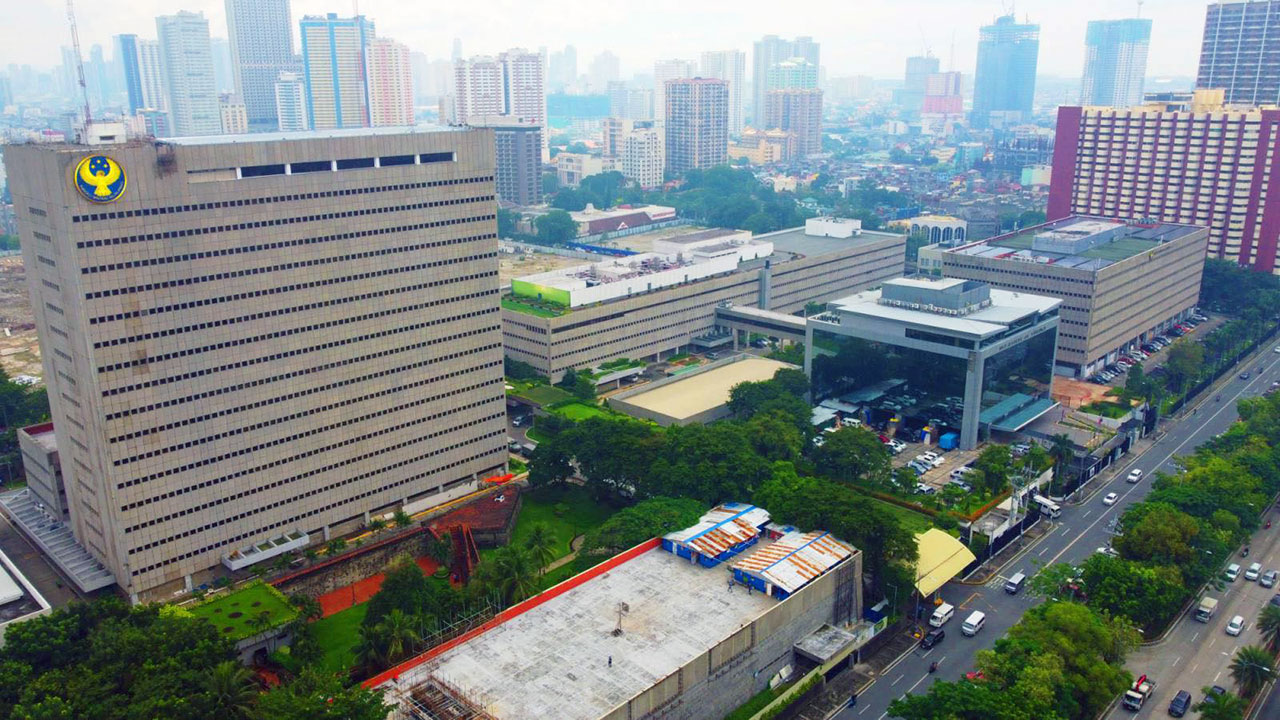Yields on BSP’s term deposits inch higher amid hawkish Fed

YIELDS on the term deposits auctioned off by the Bangko Sentral ng Pilipinas (BSP) inched higher on Thursday amid more hawkish signals from the US Federal Reserve.
Demand for the BSP’s term deposit facility (TDF) totaled P250.729 billion on Thursday, lower than the P320 billion placed on the auction block but higher than the P250.346 billion in tenders seen for a P190-billion offer last week.
This week’s TDF auction was moved to Thursday from the usual Wednesday schedule due to a regular holiday on May 1 for Labor Day. Tenors were also adjusted to reflect the shortened maturities.
Broken down, the six-day deposits attracted tenders amounting to P110.571 billion, lower than the P160-billion offering as well as the P122.965 billion in bids recorded the prior week for a P90-billion offer of seven-day papers.
Rates for the one-week papers ranged from 6.5% to 6.55%, a tad wider than the 6.5% to 6.54% range recorded in the previous week. This brought the average rate for the tenor to 6.5309%, inching up by 0.09 basis point (bp) from the 6.53% seen on April 24.
For the 13-day deposits, tenders hit P140.158 billion, below the P160-billion offering but higher than the P127.381 billion in bids last week for the P100 billion in 14-day term deposits placed on the auction block.
Accepted yields were from 6.5495% to 6.6%, also wider than the 6.55% to 6.5825% margin logged a week prior. This brought the average rate of the two-week deposits to 6.5707%, up by 0.39 bp from the 6.5668% logged a week ago.
The central bank has not auctioned off 28-day term deposits for more than three years to give way to its weekly offerings of securities with the same tenor.
The term deposits and the 28-day bills are used by the BSP to mop up excess liquidity in the financial system and to better guide market rates.
TDF yields were slightly higher week on week on Thursday amid hawkish signals from the Fed amid sticky inflation in the world’s largest economy, Rizal Commercial Banking Corp. Chief Economist Michael L. Ricafort said in a Viber message.
The US Federal Reserve held interest rates steady on Wednesday and signaled it is still leaning towards eventual reductions in borrowing costs, but put a red flag on recent disappointing inflation readings that could make those rate cuts a while in coming, Reuters reported.
Indeed, Fed Chair Jerome H. Powell said that after starting 2024 with three months of faster-than-expected price increases, it “will take longer than previously expected” for policy makers to become comfortable that inflation will resume the decline towards 2% that had cheered them through much of last year.
That steady progress has stalled for now, and while Mr. Powell said rate increases remained unlikely, he set the stage for a potentially extended hold of the benchmark policy rate in the 5.25%-5.5% range that has been in place since July.
US central bankers still believe the current policy rate is putting enough pressure on economic activity to bring inflation under control, Mr. Powell said, and they would be content to wait as long as needed for that to become apparent — even if inflation is simply “moving sideways” in the meantime.
The Fed’s preferred inflation measure — the personal consumption expenditures price index — increased at a 2.7% annual rate in March, an acceleration from the prior month.
“Inflation is still too high,” Mr. Powell said in a press conference after the end of the Federal Open Market Committee’s two-day policy meeting. “Further progress in bringing it down is not assured and the path forward is uncertain.”
Mr. Powell said his forecast remained for inflation to fall over the course of the year, but that “my confidence in that is lower than it was.”
Whether there are rate cuts this year or not remains in doubt.
“If we did have a path where inflation proves more persistent than expected, and where the labor market remains strong but inflation is moving sideways and we’re not gaining greater confidence, well, that would be a case in which it could be appropriate to hold off on rate cuts,” Mr. Powell said. “There are paths to not cutting and there are paths to cutting. It’s really going to depend on the data.” — L.M.J.C. Jocson with Reuters
